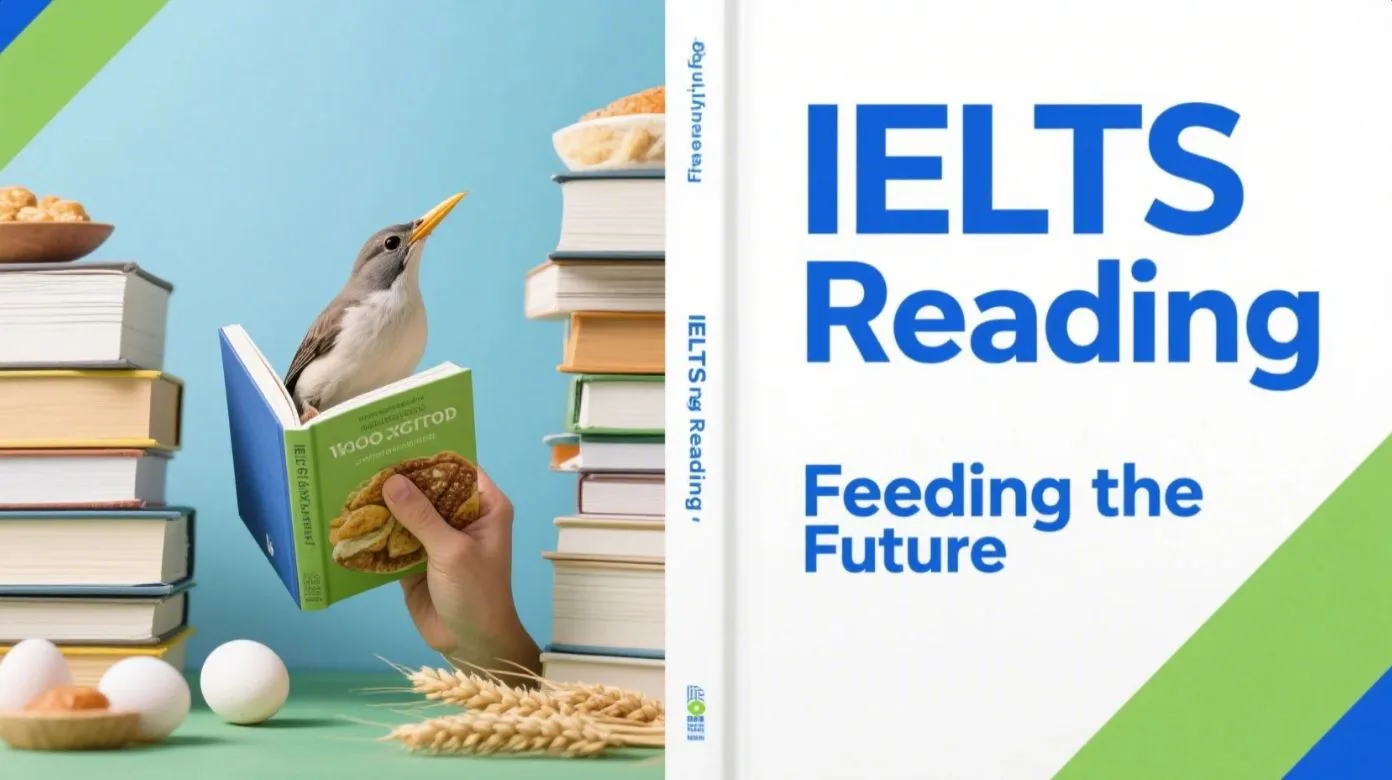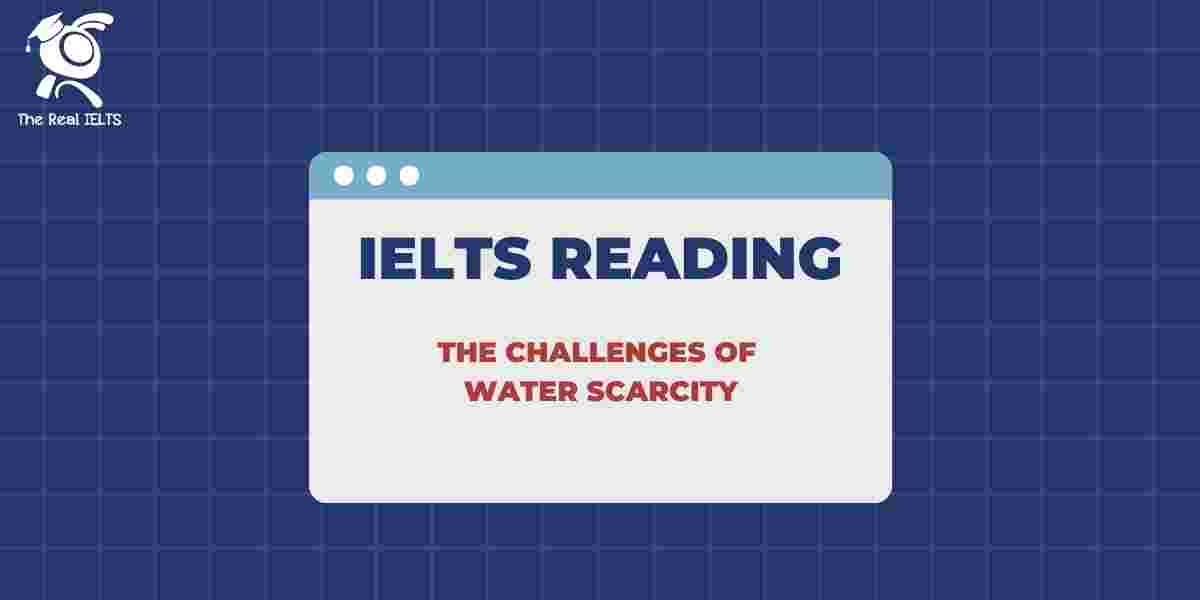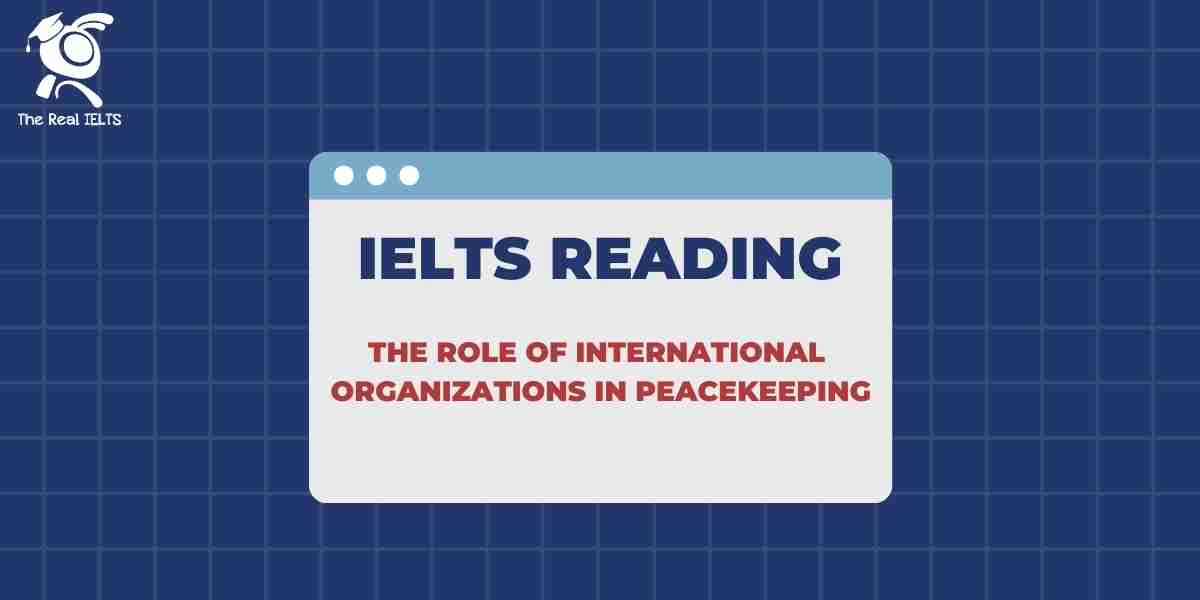Đề bài IELTS Writing Task 2 dạng Positive or Negative customer service
You should spend about 40 minutes on this task
The rise of artificial intelligence in customer service. Do you think this is a positive or negative development?
Write at least 250 words.
Giải mẫu đề luyện thi IELTS Writing
The rapid integration of artificial intelligence (AI) in customer service has sparked widespread debate. While AI has brought numerous benefits, such as efficiency and cost savings, concerns regarding the loss of human touch and job displacement also arise. In my opinion, the rise of AI in customer service is a positive development, albeit with certain limitations that need to be addressed.
Firstly, AI has significantly enhanced the efficiency of customer service operations. Automated systems can handle repetitive tasks, such as answering frequently asked questions or processing simple transactions, 24/7 without fatigue. This not only reduces waiting times for customers but also allows human staff to focus on more complex and value-added tasks. For instance, AI chatbots can provide immediate assistance to customers, improving their overall experience.
Furthermore, AI can process and analyze large amounts of data, enabling companies to personalize their services. By understanding customer preferences and behaviors, AI-driven systems can offer tailored recommendations, leading to increased customer satisfaction. This level of personalization was previously unattainable with human agents alone.
However, there are valid concerns regarding the potential negative impacts of AI in customer service. One major issue is the loss of the human element in interactions. While AI can handle routine queries efficiently, it may struggle with more nuanced or emotionally charged situations where empathy and human judgment are crucial. This could lead to customer dissatisfaction if they feel they are not being heard or understood.
Additionally, the rise of AI in customer service has led to fears of job displacement. As companies increasingly rely on automated systems, there is a risk that many customer service jobs could be rendered obsolete. This could have serious social and economic consequences, particularly for workers who may not have the skills to transition to other roles.
In conclusion, while the rise of AI in customer service is largely a positive development due to its efficiency and ability to provide personalized experiences, it is not without its challenges. To fully realize the benefits of AI, companies must strike a balance by integrating AI systems with human oversight, ensuring that customer interactions remain empathetic and meaningful.
Thống kê cấu trúc câu và cấu trúc ngữ pháp
Cấu trúc câu và cấu trúc ngữ pháp:
- Simple sentences (Câu đơn):
- “This not only reduces waiting times for customers but also allows human staff to focus on more complex and value-added tasks.”
- “AI chatbots can provide immediate assistance to customers, improving their overall experience.”
- “AI-driven systems can offer tailored recommendations, leading to increased customer satisfaction.”
- Compound sentences (Câu ghép):
- “The rapid integration of artificial intelligence (AI) in customer service has sparked widespread debate.”
- “While AI has brought numerous benefits, such as efficiency and cost savings, concerns regarding the loss of human touch and job displacement also arise.”
- “However, there are valid concerns regarding the potential negative impacts of AI in customer service.”
- Complex sentences (Câu phức):
- “In my opinion, the rise of AI in customer service is a positive development, albeit with certain limitations that need to be addressed.”
- “As companies increasingly rely on automated systems, there is a risk that many customer service jobs could be rendered obsolete.”
- “To fully realize the benefits of AI, companies must strike a balance by integrating AI systems with human oversight, ensuring that customer interactions remain empathetic and meaningful.”
- Relative clauses (Mệnh đề quan hệ):
- “This could have serious social and economic consequences, particularly for workers who may not have the skills to transition to other roles.”
- “While AI can handle routine queries efficiently, it may struggle with more nuanced or emotionally charged situations where empathy and human judgment are crucial.”
- Gerunds (Danh động từ):
- “Automated systems can handle repetitive tasks, such as answering frequently asked questions or processing simple transactions.”
- “Concerns regarding the loss of human touch and job displacement also arise.”
- Passive voice (Câu bị động):
- “This level of personalization was previously unattainable with human agents alone.”
- “There is a risk that many customer service jobs could be rendered obsolete.”
- Conjunctions and connectors (Liên từ và từ nối):
- “While” (Dùng để nối hai mệnh đề tương phản)
- “Firstly” (Dùng để bắt đầu liệt kê ý kiến)
- “Furthermore” (Dùng để bổ sung thêm thông tin)
- “However” (Dùng để giới thiệu một ý kiến trái ngược)
- “Additionally” (Dùng để bổ sung thêm ý kiến hoặc lý do)
- “In conclusion” (Dùng để bắt đầu kết luận)
Từ kết nối (Linking words):
- “While” – Kết nối hai ý tưởng đối lập trong một câu.
- “Firstly” – Dùng để mở đầu việc liệt kê các điểm chính trong bài viết.
- “Furthermore” – Thêm thông tin bổ trợ cho ý kiến đã được nêu trước đó.
- “However” – Đưa ra một ý kiến đối lập hoặc bổ sung ý khác với ý kiến trước đó.
- “Additionally” – Bổ sung thông tin liên quan đến nội dung đang được bàn luận.
- “In conclusion” – Mở đầu cho phần kết luận của bài viết.
Các từ vựng tiếng Anh cần lưu ý trong bài viết
- Artificial intelligence (AI) – Trí tuệ nhân tạo (AI)
- Customer service – Dịch vụ khách hàng
- Integration – Sự tích hợp
- Efficiency – Hiệu quả
- Cost savings – Tiết kiệm chi phí
- Job displacement – Mất việc làm
- Automated systems – Hệ thống tự động hóa
- Repetitive tasks – Nhiệm vụ lặp đi lặp lại
- Fatigue – Sự mệt mỏi
- Waiting times – Thời gian chờ đợi
- Value-added tasks – Nhiệm vụ mang lại giá trị gia tăng
- Chatbots – Chatbots
- Immediate assistance – Hỗ trợ ngay lập tức
- Overall experience – Trải nghiệm tổng thể
- Process and analyze – Xử lý và phân tích
- Personalize – Cá nhân hóa
- Customer satisfaction – Sự hài lòng của khách hàng
- Nuanced – Tinh tế
- Empathy – Sự đồng cảm
- Human judgment – Sự phán đoán của con người
- Dissatisfaction – Sự không hài lòng
- Render obsolete – Làm cho lỗi thời
- Social and economic consequences – Hậu quả xã hội và kinh tế
- Human oversight – Sự giám sát của con người
- Empathetic and meaningful – Đồng cảm và có ý nghĩa
Đọc thêm bài viết: Cách làm bài thi IELTS Writing Task 2.















